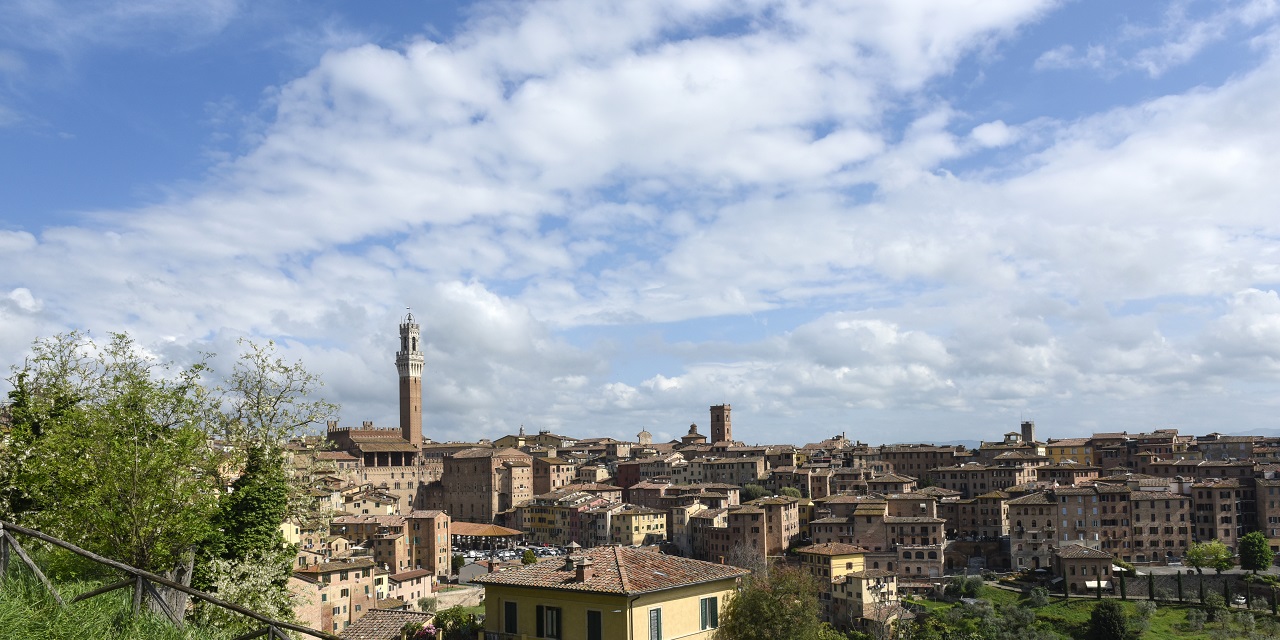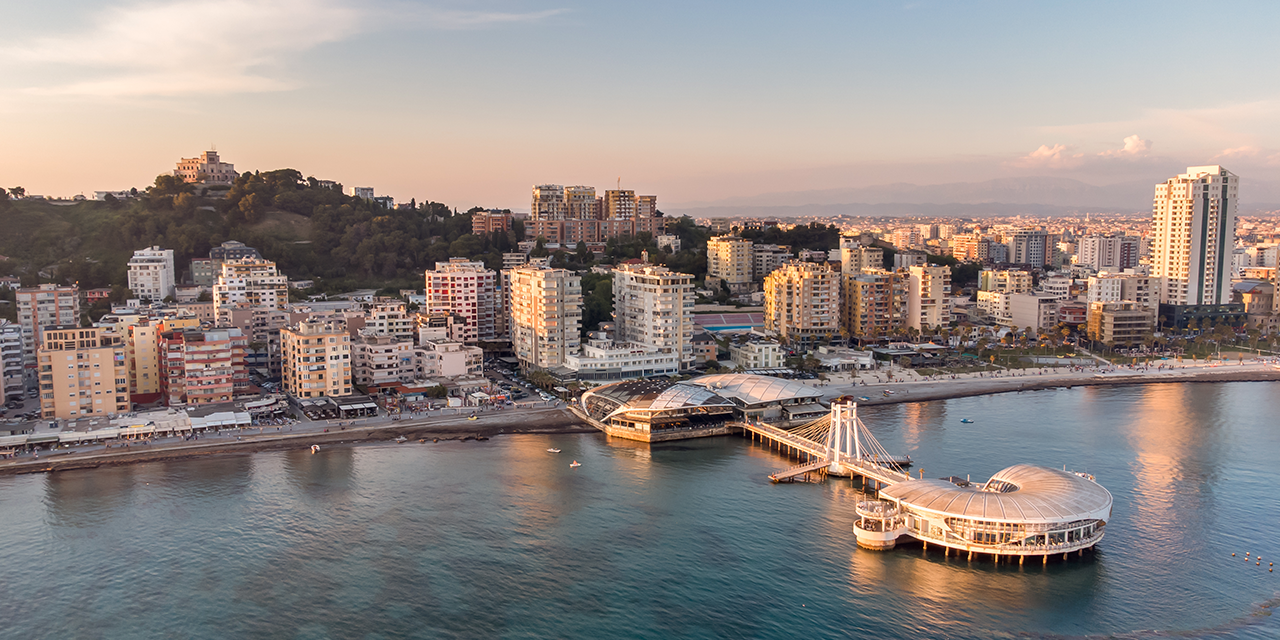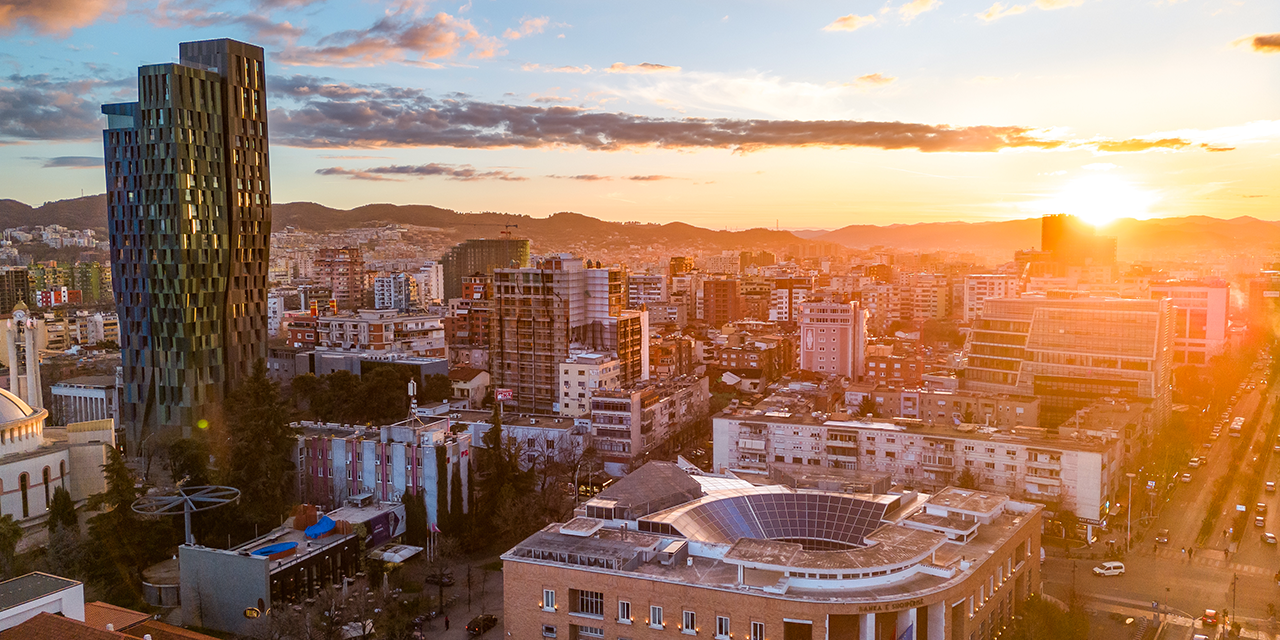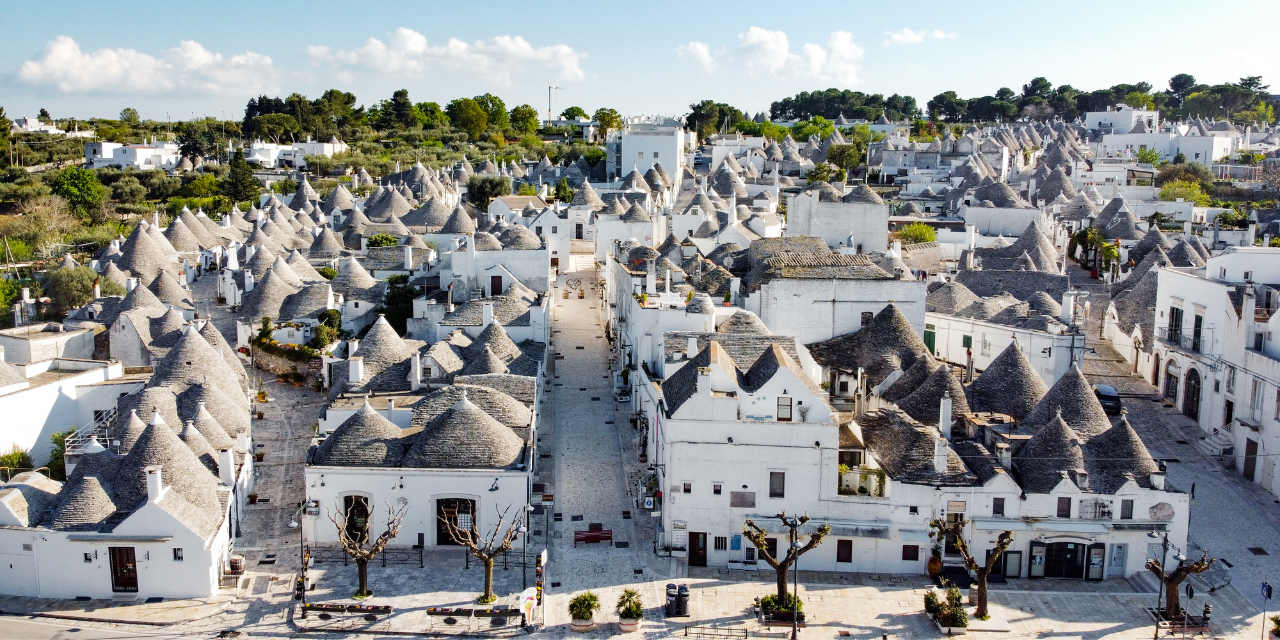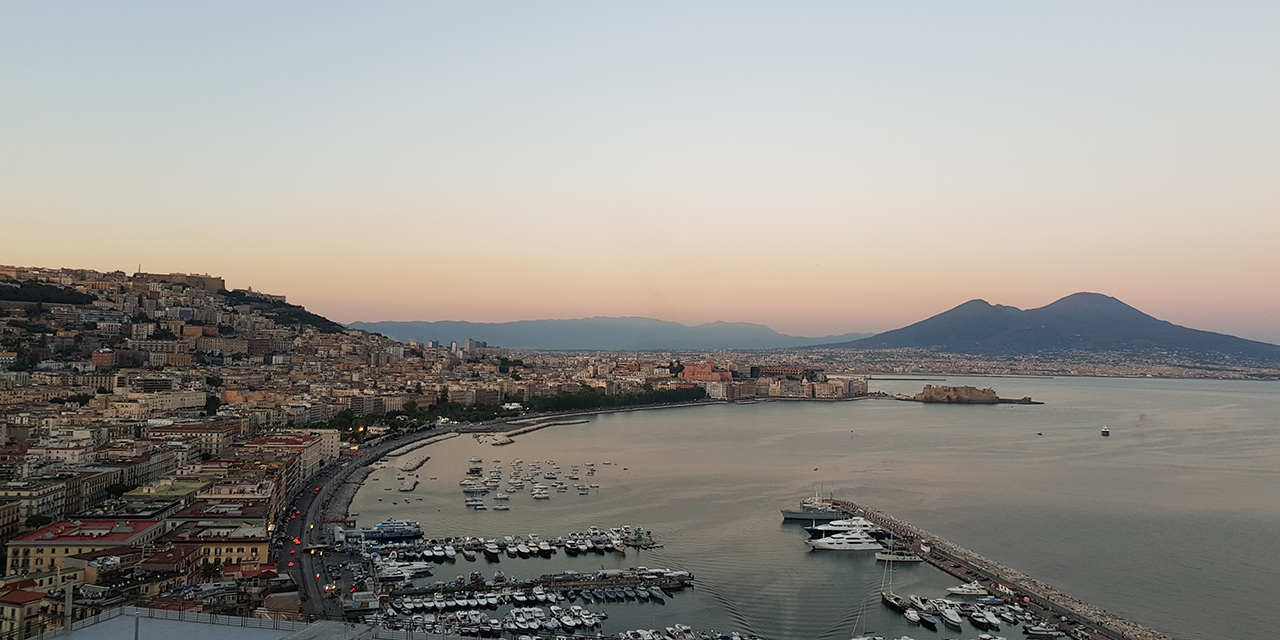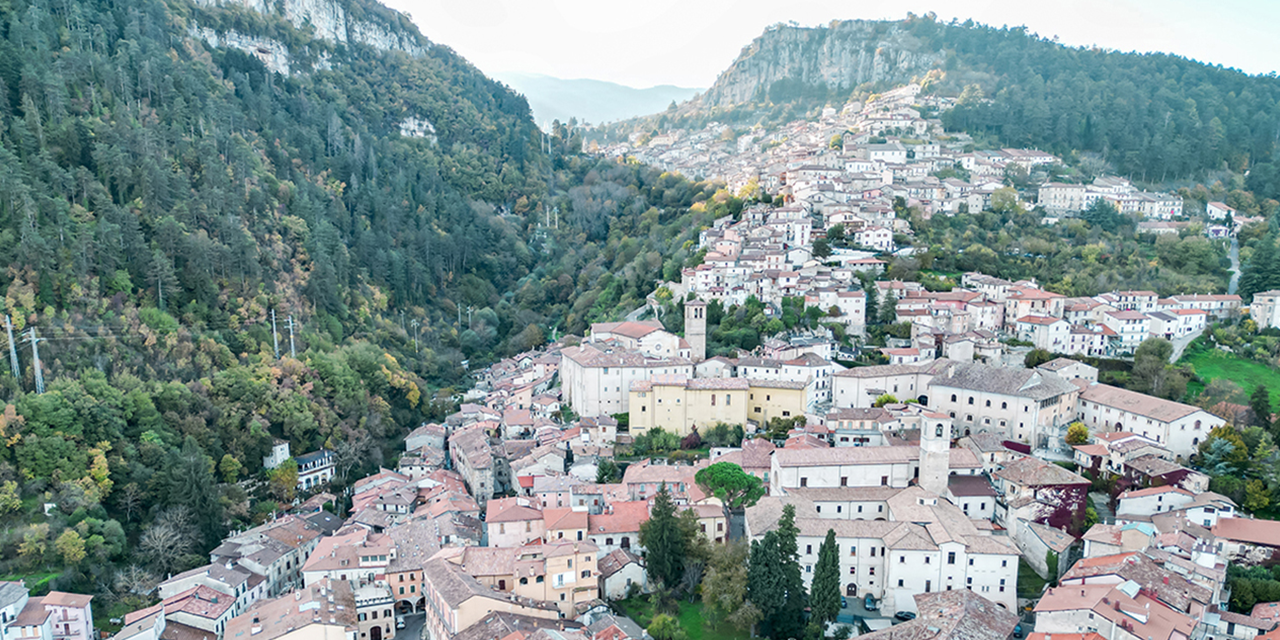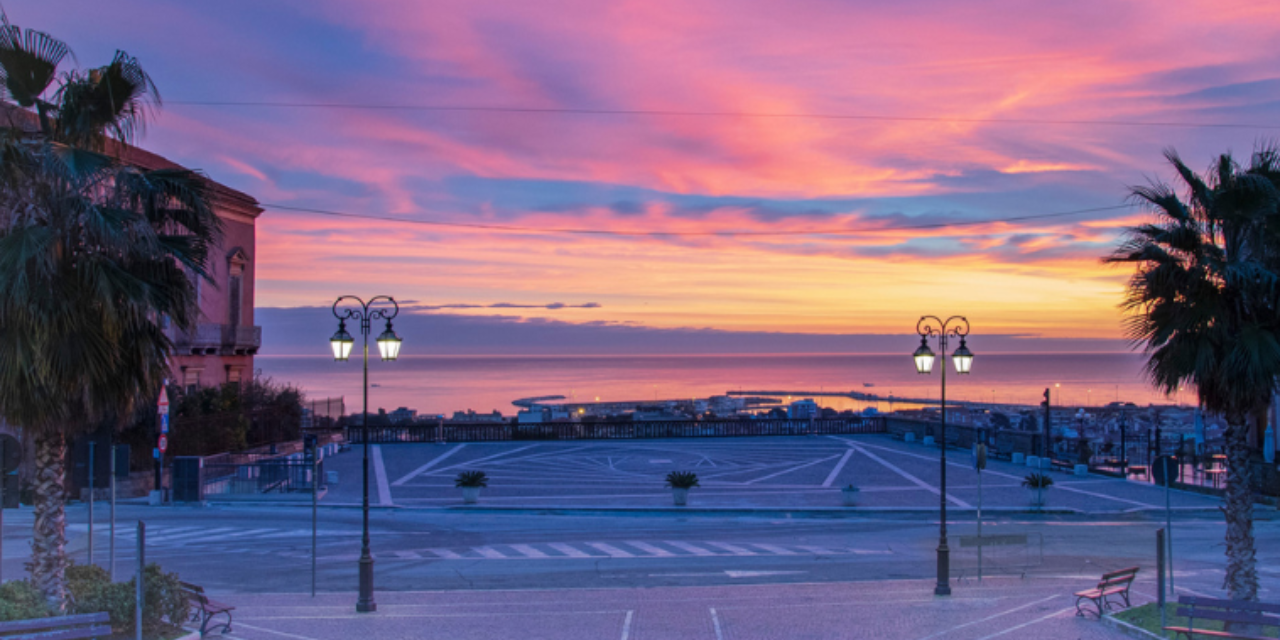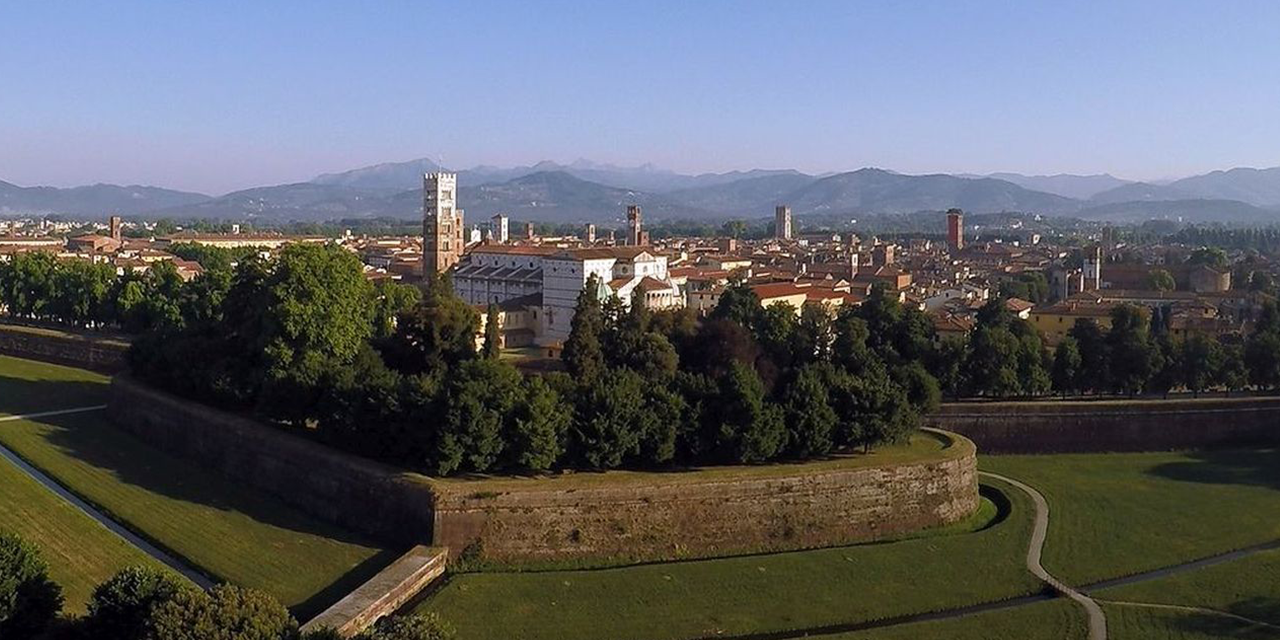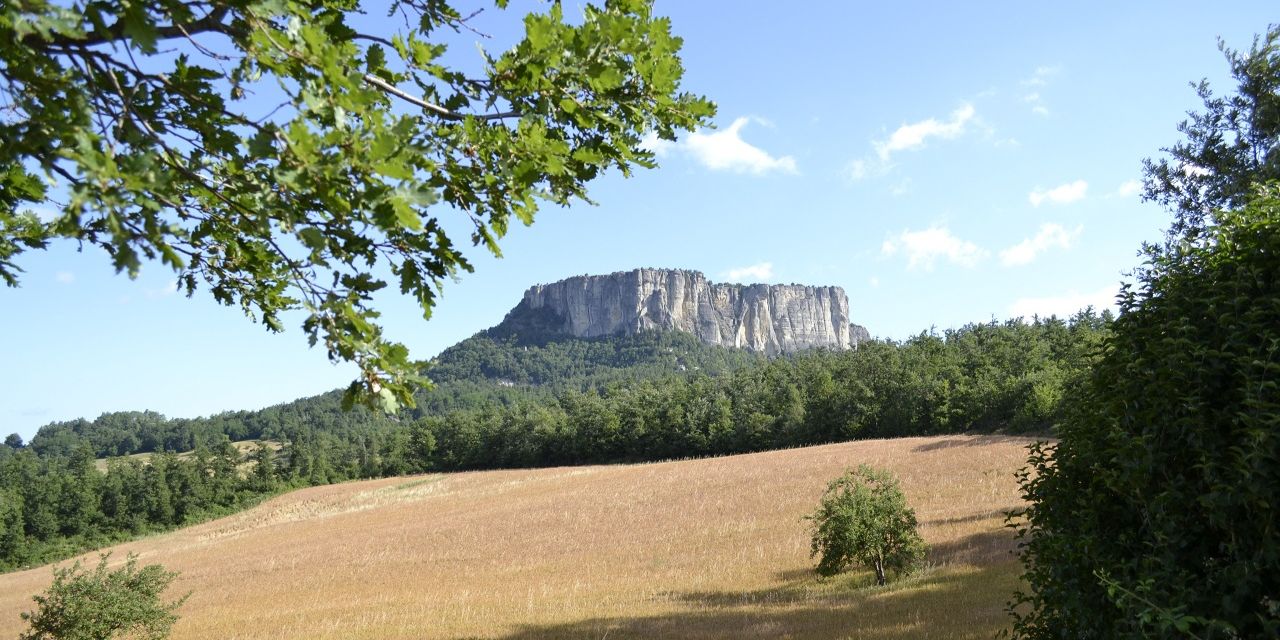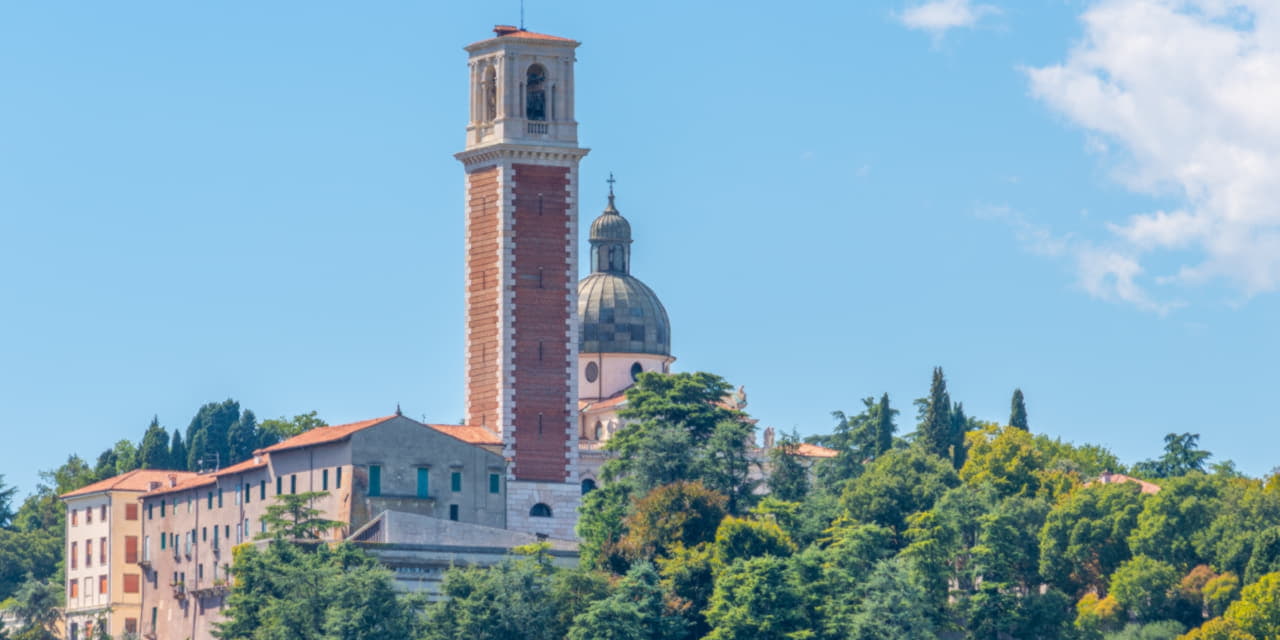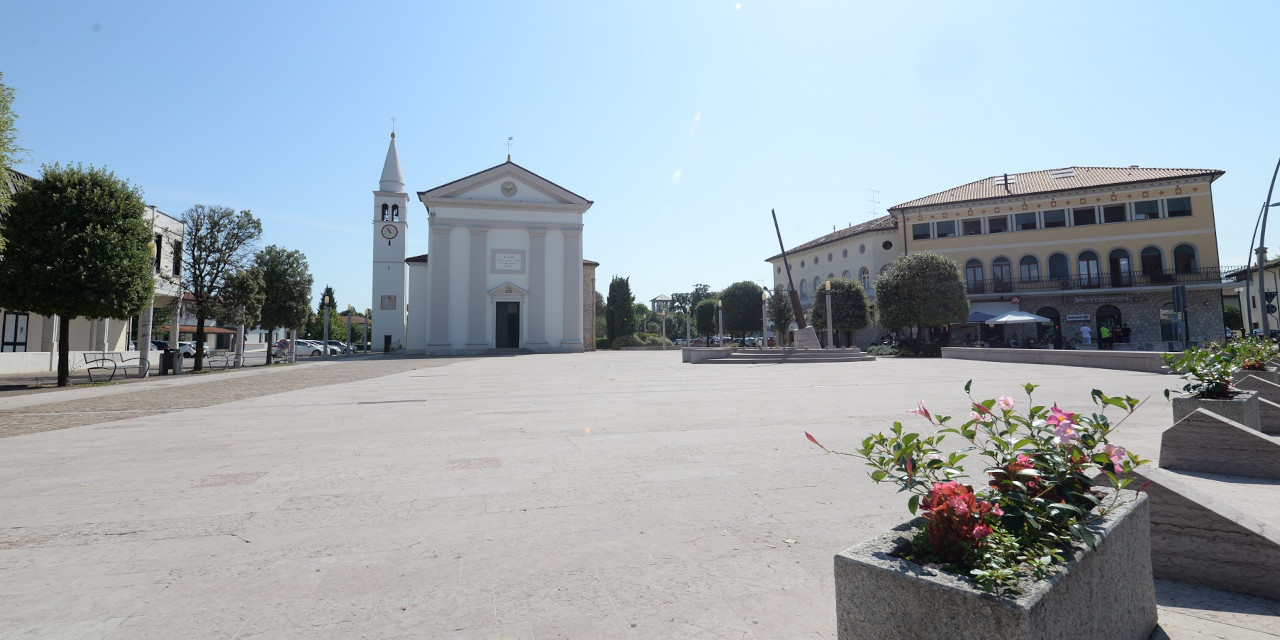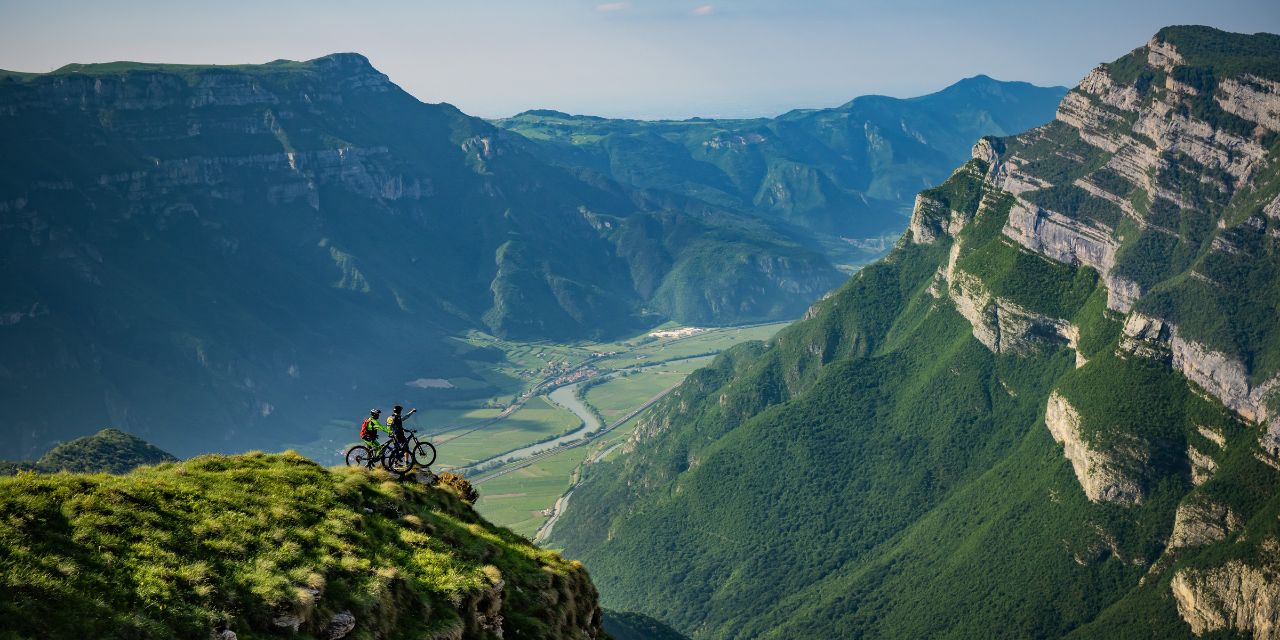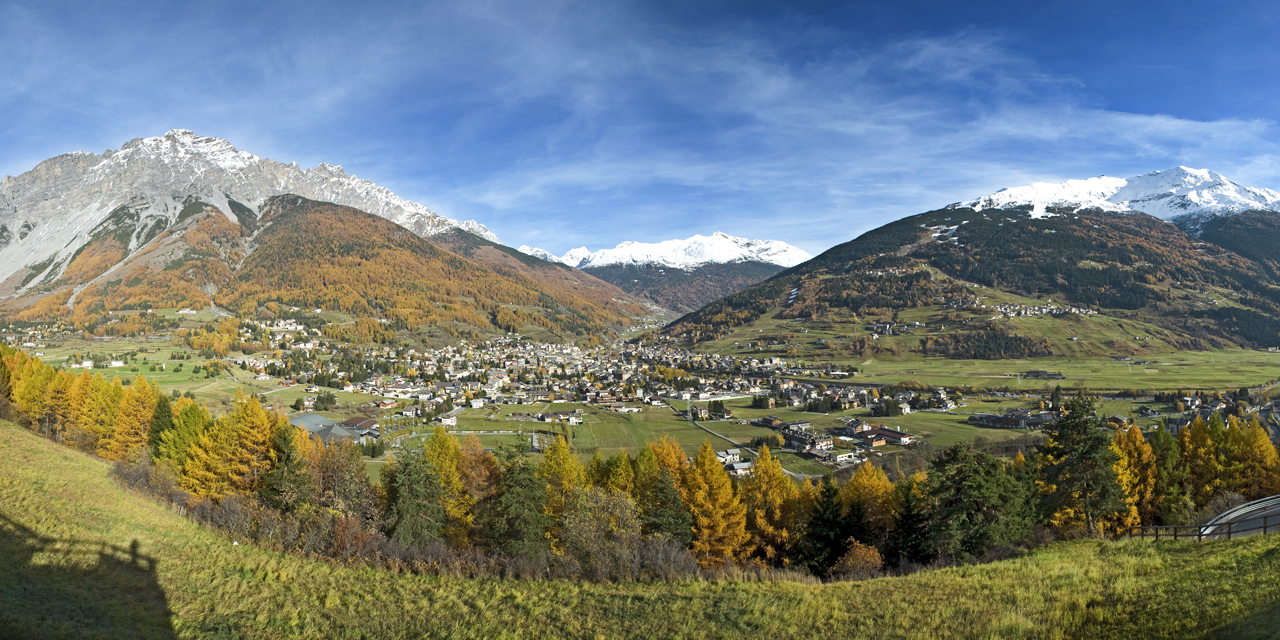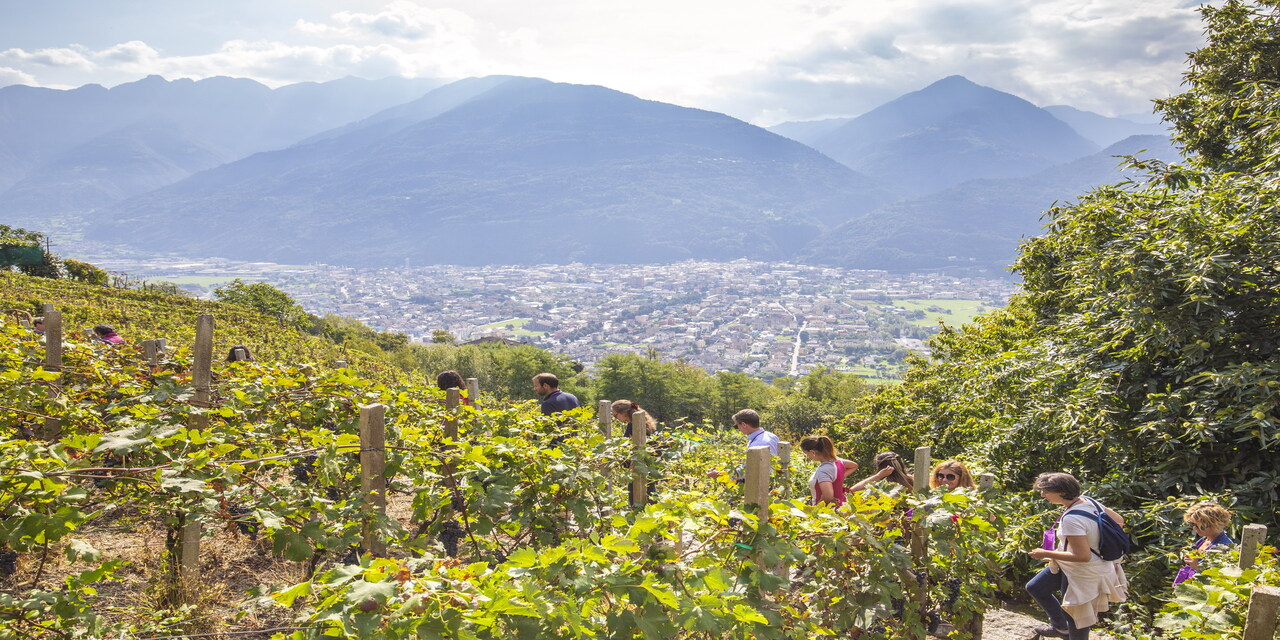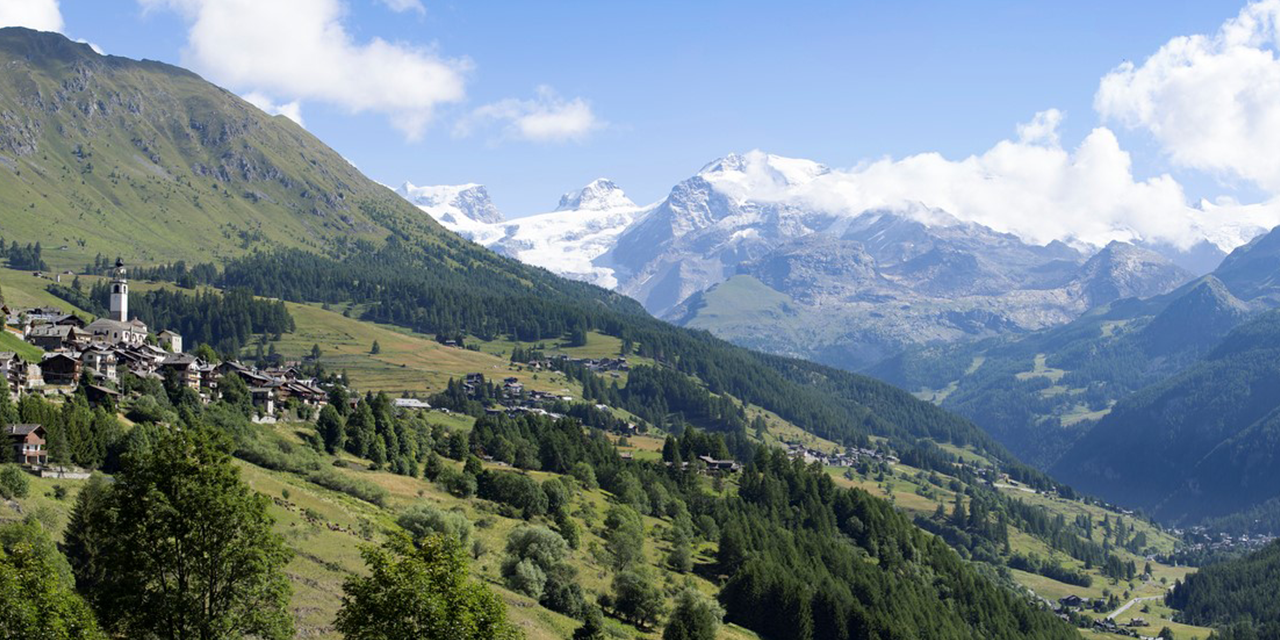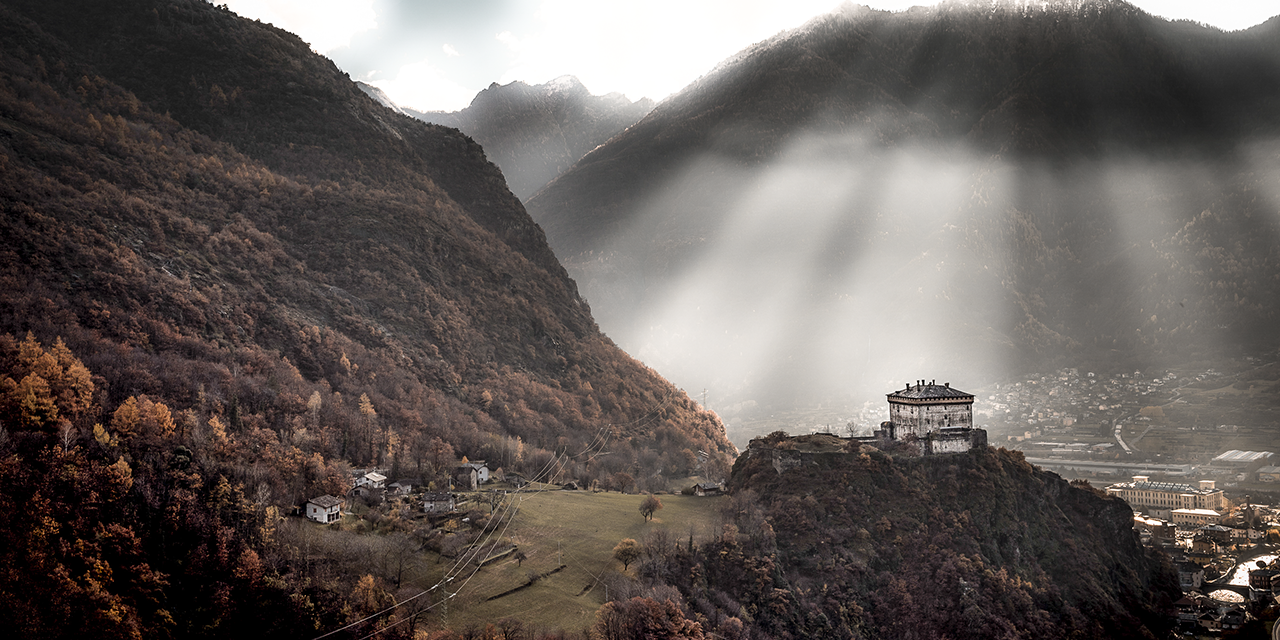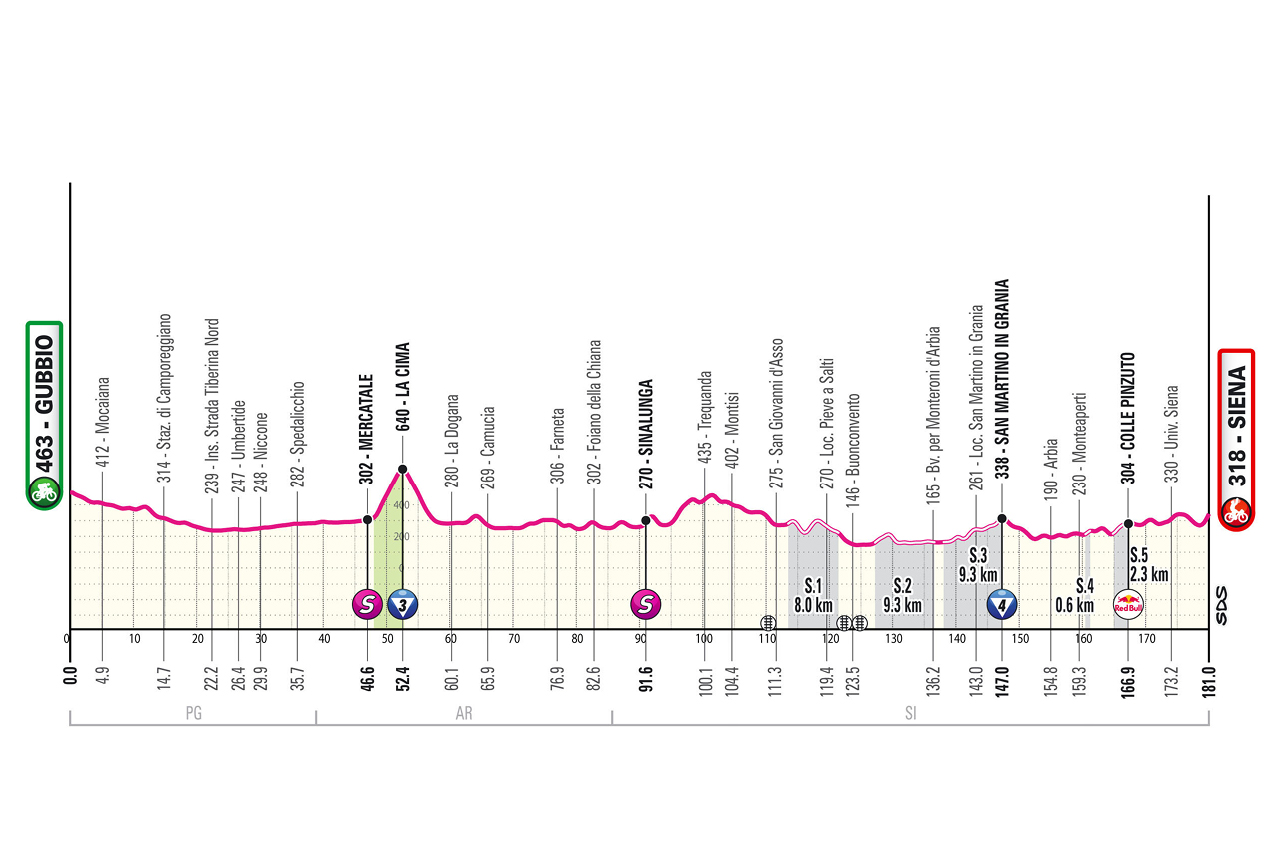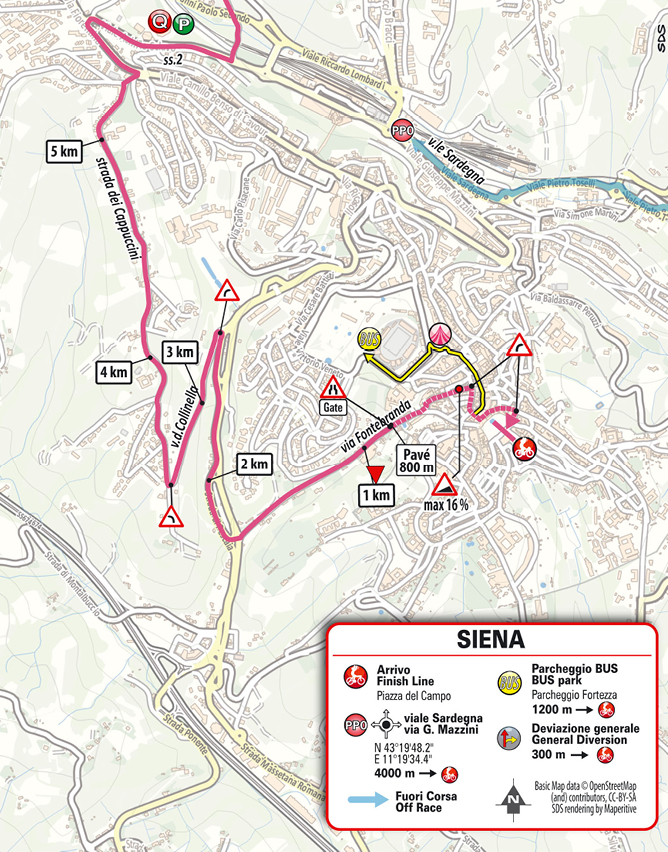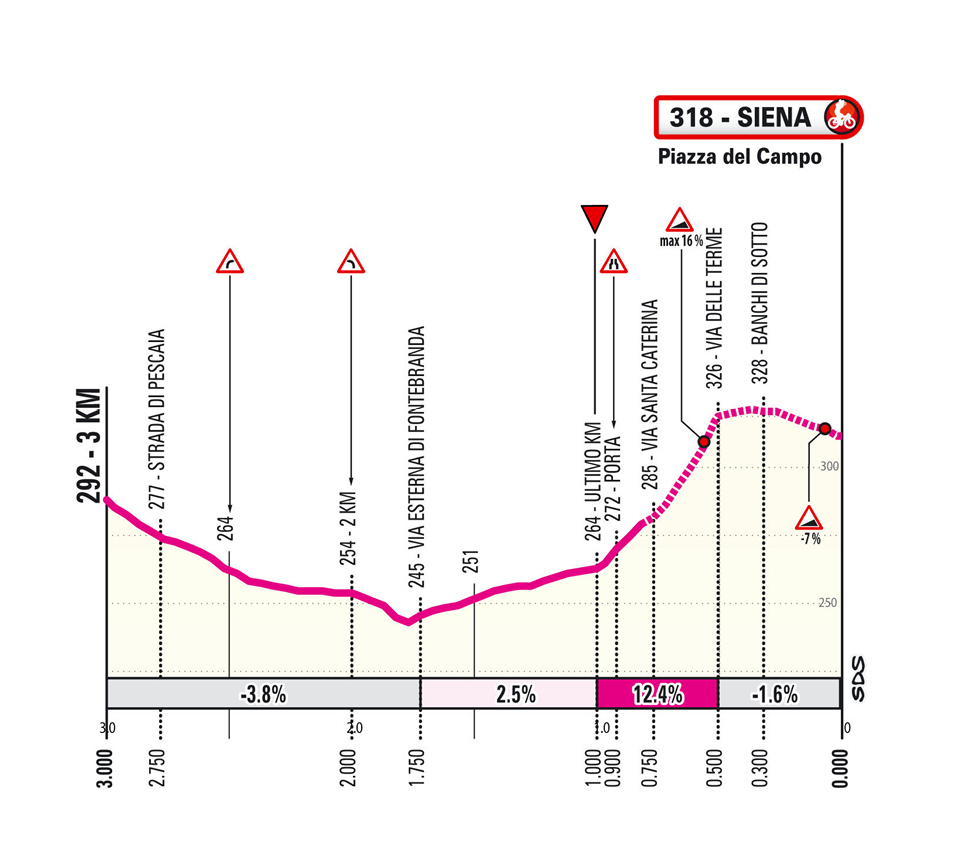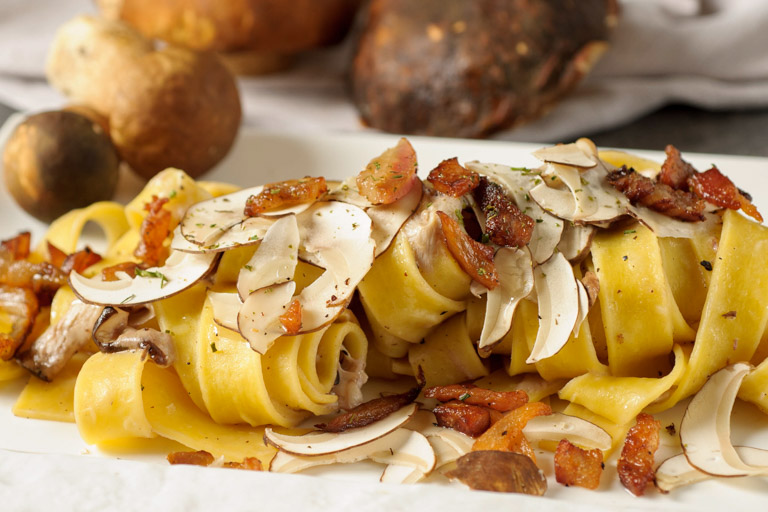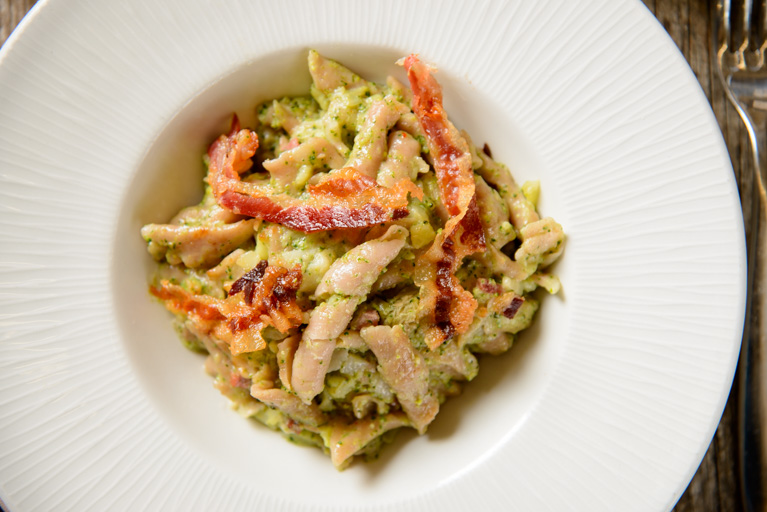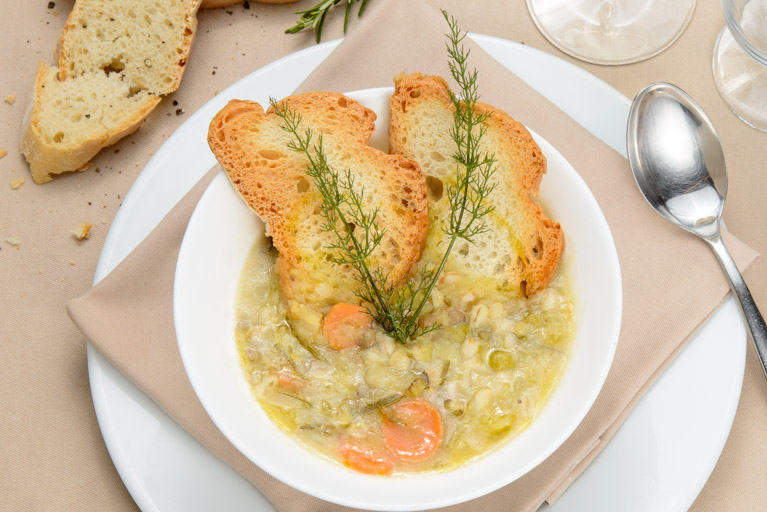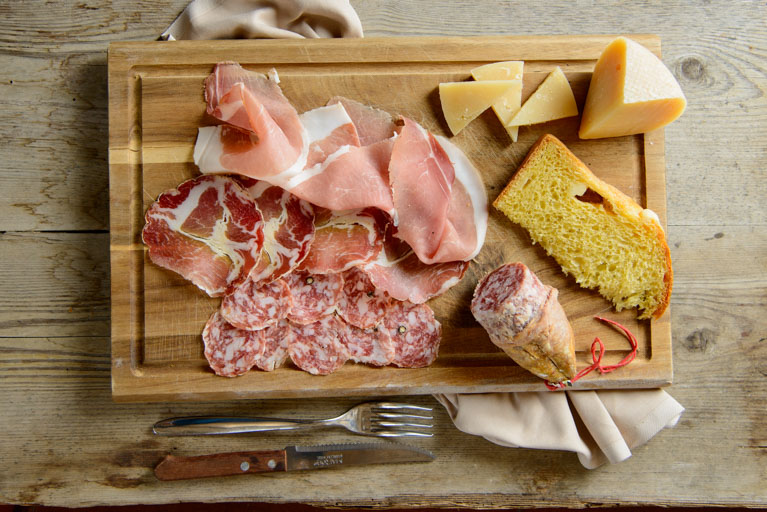Gubbio
Overview
Gubbio, in Umbria, nestled at the foot of Monte Ingino, retains an authentic medieval soul. Its cobbled streets, the majestic Palazzo dei Consoli, and the evocative Corsa dei Ceri make it a true gem of Umbria. The atmosphere is both intimate and solemn, with scenic views that tell ancient stories and a landscape that gently embraces the town, making it feel like a place frozen in time.
Gastronomy
The local cuisine is a triumph of genuine ingredients, simple preparations, and intense flavors capable of satisfying even the most demanding palates. Crescia is undoubtedly the queen of the Eugubian table. It is a type of flatbread made from wheat flour, water, salt, and lard, cooked on a cast-iron griddle called a “testo.” Crescia can be filled in countless ways, with cured meats, cheeses, grilled vegetables, wild herbs, or the traditional “friccò.” Friccò is a rich and hearty dish made with chicken, lamb, rabbit, and sometimes pork. The meat is cut into pieces, browned in a pan with oil and onion, and then slowly cooked with tomatoes, carrots, celery, and spices. The result is a stew with a deep and enveloping flavor, perfect for cold winter days.
Then there is Brustengo, a type of fried bread made with corn flour, water, salt, and sometimes grated cheese. The batter is fried until golden and can be enjoyed hot or cold as an appetizer or snack. Ciambelotto is a traditional cake typical of the Gubbio area. It is a ring-shaped cake made with flour, sugar, eggs, oil, and natural flavorings, perfect for breakfast or as an afternoon treat, paired with a glass of milk or coffee.
Baccalà alla ceraiola is a signature dish of Gubbio, made with desalted cod, flour, eggs, breadcrumbs, garlic, parsley, and spices. The cod is breaded and fried, then served with a sauce made from tomatoes, onions, olives, and capers. Gubbio is also known for its abundance of truffles, both black and prized white. Truffles are used to enhance many dishes, including tagliatelle and passatelli, a type of fresh pasta made with breadcrumbs, eggs, parmesan, and lemon zest, cooked in meat broth.
Finally, the art of pork curing is another excellence of Eugubian gastronomy. Cured meats such as prosciutto, sausages, capocollo, and pancetta are prepared with high-quality pork, following ancient artisanal traditions.
Wine and beverages
Amaro Monte Ingino is a digestive liqueur produced by the Morelli Distillery in Gubbio, Umbria. This high-quality artisanal amaro is obtained by distilling fine herbs in copper stills, with saffron as a key ingredient, giving it a unique golden color. Nebbiolo, on the other hand, is a black grape variety, one of the most prestigious and renowned in Italy, famous for producing wines of great structure and elegance, such as Barolo and Barbaresco in the Langhe region of Piedmont. It was introduced to the Gubbio area around 1860, after the unification of Italy, by wealthy Piedmontese landowners. Amaro Monte Ingino, with its complex and refined taste, pairs perfectly with dark chocolate desserts, gelato, and fruit salads. Nebbiolo, instead, is ideally matched with red meat dishes, game, aged cheeses, and traditional Umbrian cuisine.
Points of interest
Gubbio boasts a historical and artistic heritage of extraordinary value. Palazzo dei Consoli, an imposing 14th-century Gothic building, is one of the city’s most iconic landmarks. Its grand facade dominates Piazza Grande, one of Italy’s first suspended squares, offering breathtaking views of the valley below. Inside the palace is the Museo Civico, home to the famous Tavole Eugubine, crucial artifacts for understanding the ancient Umbrian language.
A short walk from Piazza Grande stands Palazzo Ducale, built in the 15th century by Duke Federico da Montefeltro. Inspired by elegant Renaissance residences, the palace features a refined internal courtyard and preserves valuable architectural elements, including the famous wooden studiolo, a replica of the one found in the Palazzo Ducale of Urbino.
The Roman Theater, located just outside the historic center, is a testament to Gubbio’s significance in Roman times. Dating back to the 1st century BC, it is still used today for performances and reenactments, offering visitors a fascinating journey through history.
The city’s neighborhoods retain their medieval structure, telling Gubbio’s story through their characteristic alleys, stone houses, and numerous churches. Strolling through the districts of San Martino, San Pietro, Sant’Andrea, and San Giuliano is an opportunity to immerse oneself in an authentic and timeless atmosphere.
Finally, the Cathedral of Saints Mariano and Giacomo stands as the city’s spiritual heart. Built in the 13th century, the church features a simple yet refined facade, while inside, visitors can admire Renaissance frescoes and a grand 17th-century organ.
Siena
Overview
Siena, in Tuscany, is renowned for its medieval architecture and the iconic Palio, a horse race held annually in Piazza del Campo. The historic center, a UNESCO World Heritage site, is a treasure trove of monuments such as the Duomo, the Torre del Mangia, and the Palazzo Pubblico. Siena is also an important cultural and gastronomic center, with typical dishes like pici and panforte that embody the authenticity of Tuscan tradition.
Gastronomy
Sienese cuisine stands out for its deep connection to tradition and the authenticity of its ingredients, offering a gastronomic journey through signature dishes and outstanding products. Olive oil, fine wines, artisanal cured meats, and historic desserts are just a few of the specialties that make this land unique. Among the most distinctive dishes are crostini di milza (spleen crostini), pici with Cinta Senese ragù, and ribollita, each telling the story of a simple yet flavorful cuisine.
The region’s meats boast prized native breeds: the Cinta Senese, famous for its unmistakable black coat with a characteristic white band, and the Chianina, known for its tender and flavorful meat, ideal for both ragù and the classic bistecca alla fiorentina.
Walking through the streets of Siena, one is easily tempted by the aromas wafting from its historic bakeries and pastry shops. Here, traditional sweets made following ancient recipes passed down through generations can be found, including Pan co’ Santi, ricciarelli, and cantuccini, true icons of local confectionery.
Every dish tells the soul of Siena, a city that has preserved its identity and cultural heritage through the centuries. More than just a medieval masterpiece, Siena captivates with its authentic flavors as well.
Wine and beverages
The lands of Siena are a paradise for wine lovers. Viticulture here has flourished for centuries, producing wines of the highest quality that have gained international acclaim. With five DOCG (Denomination of Controlled and Guaranteed Origin) and numerous DOC (Denomination of Controlled Origin) designations, the province of Siena is one of Italy’s most important wine regions.
Chianti Classico, one of the most famous Italian wines in the world, is produced in the rolling hills between Siena and Florence. This elegant red, predominantly made from Sangiovese grapes, is known for its balance between freshness and structure, with notes of red berries, spices, and subtle hints of oak.
San Gimignano is home to Vernaccia di San Gimignano, one of Tuscany’s rare white wine gems. With a golden hue and delicate aroma, this wine is characterized by a pleasant salinity and a mineral note that make it perfect for pairing with seafood and fresh cheeses.
Brunello di Montalcino, one of Italy’s most prestigious red wines, is synonymous with quality and longevity. Made from Sangiovese Grosso grapes, Brunello is aged for years before reaching the tables of fine wine enthusiasts. Its intense and complex flavor, with notes of wild berries, tobacco, and leather, makes it ideal for pairing with meat dishes and aged cheeses.
Another enological treasure is Vino Nobile di Montepulciano, produced in the rolling hills of the Valdichiana. Smooth and elegant, this wine is characterized by aromas of cherry, plum, and spices, with a harmonious taste that pairs perfectly with traditional Tuscan dishes.
Finally, no Sienese meal is complete without a glass of Vinsanto, the dessert wine symbolic of Tuscan hospitality. Made from dried grapes and aged in small wooden barrels known as “caratelli,” Vinsanto pairs perfectly with Siena’s famous cantucci, creating an inimitable blend of flavors.
Points of interest
Siena is a city that holds an extraordinary artistic and cultural heritage, offering visitors an immersive experience among monuments, museums, and medieval scenery. One of the most iconic sites is Piazza del Campo, the city’s vibrant heart, famous for its shell shape and for the Palazzo Pubblico, home to the Museo Civico, which houses masterpieces by artists such as Ambrogio Lorenzetti and Simone Martini. Adjacent to it stands the majestic Torre del Mangia, from whose summit one can enjoy breathtaking views over Siena and the surrounding countryside.
Another must-visit STAGE is the Siena Cathedral (Duomo), one of Italy’s most fascinating churches. Inside, Nicola Pisano’s pulpit and sculptures by Michelangelo enhance an already extraordinary setting. Nearby is the Piccolomini Library, renowned for its stunning Renaissance frescoes.
For those looking to delve deeper into the city’s history, the Santa Maria della Scala Museum Complex is an essential STAGE. This former medieval hospital, located along the Via Francigena pilgrimage route, testifies to Siena’s historical role as a welcoming haven for pilgrims and travelers heading to Rome. The section of the Francigena that crosses Siena, from Porta Camollia to Porta Romana, offers a scenic walk through the city’s ancient walls.
Another interesting STAGE is the Medici Fortress, built in the 16th century at the behest of Cosimo I de’ Medici. This imposing complex, with its bastions named after San Francesco, San Filippo, La Madonna, and San Domenico, offers an extraordinary Overview of the city and the Tuscan hills
Siena is also home to numerous museums and prestigious cultural institutions, such as the National Art Gallery, the Chigiana Academy, the Academy of Fisiocritici, and the fascinating Contrada museums, which preserve the history and traditions of the renowned Palio of Siena.

